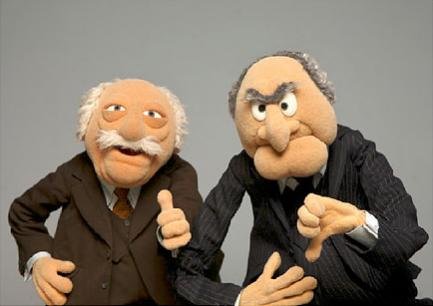I would add this. You and wkearney are sophisticated systems users. You're both very capable of putting together combinations of products and fully understanding what you end up with. For you, a combination with the best of each makes sense.
For the average user I don't think it does. I think the best single vendor solution makes sense for them.
I'm not as technically strong as the two of you but decently so. I also have the advantage of others to maintain my systems. Even so, I had an all Garmin system on a Sunseeker that I was very happy with. Choosing components I would have gone with a Furuno radar and a Simrad autopilot perhaps, but in reality, would not have had a noticeably better system.
Yes, others will jump ahead on specific components, but the major suppliers will work hard to catch up and then pass them back. You'll never have all the latest and greatest and coming close will be costly. We've upgraded our systems on boats purchased new in both 2012 and 2014 and now on a new boat we use it's systems and start thinking we need more upgrades on the others. The point is that whatever you have, there will be something better in six months.
Trying to always have the best is an impossible task. A more reasonable goal is to have a very good system, low maintenance, and excellent support.
I'll relate this to phones for a moment. We have customers who buy new phones every time Apple or Samsung release one. Great customers to have. Now my wife and I get the new versions simply to test and know what we do and because we're in the business. After using them, I can't for the life of me understand why people feel they must upgrade though. If it was time to do so, I would, but to run or stand in line or spend large dollars, the advantage isn't enough for what most of us use phones for. Before I was in the business, I'd upgrade every two to three years at the most frequent. I'd say most marine electronics has a solid 7 year useful life.


